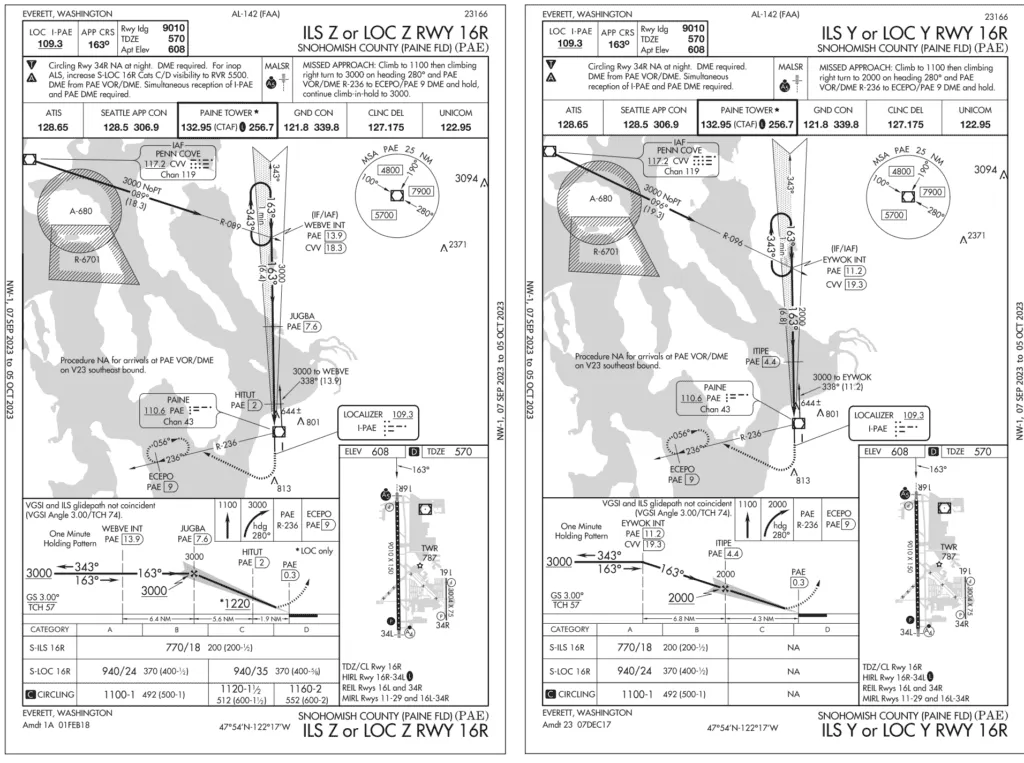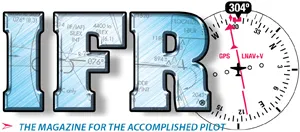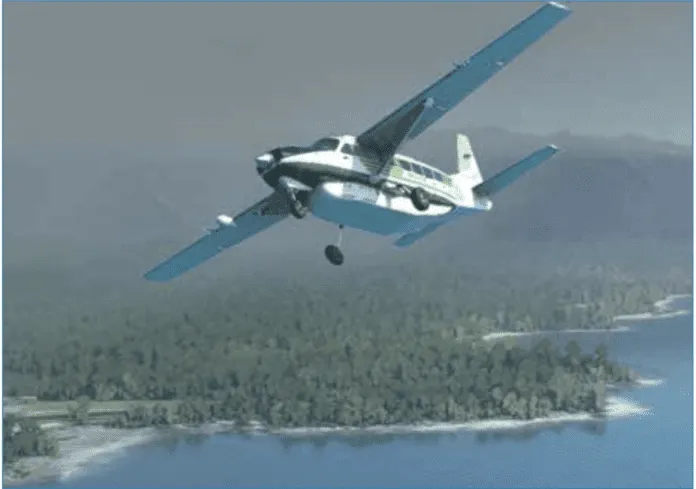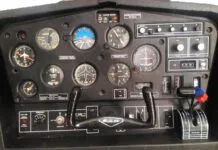Mood Music for Sim Challenge
I always enjoy your Sim Challenges and often punish my students by loading them up in our sim. I particularly like the trip around Hawaii in August’s “Island Hoping [SIC].” In fact, to set the mood for this challenge with my students, I had some Hawaiian music playing in the background. It sure helped lighten the mood as they struggled to meet the challenge.
Jerome Bierut
Colorado Springs, Colorado
Practicing for Emergencies
Frank, I was struck by your September Remarks, “It Can Happen.” Along the lines of your closing remarks of practicing, I have my students sit in the cockpit and go through emergencies, and with simulated fires they have to do everything with their eyes closed and holding their breath (smoke in cockpit).
Jay Turnbull
Loveland, Colorado
That’s good training, Jay. It probably drives home the seriousness of such potential emergencies in a way that really gets everyone’s attention—just as it should.
I’m just digging in to the September IFR and reading your “It Can Happen” Remarks. I’m so sorry that happened to you after your avionics upgrade. Hope all is well. To your closing points about training…
Daniel, my husband, and I just had an engine failure in our Praetor at FL430 over KASE while on a flight from KTEB to KSJC. Whenever one sees “ENG 1 LOW OIL PRES” an immediate shutdown is in order. Daniel was pilot flying; I was pilot monitoring. We declared an emergency and diverted to KGJT, where Daniel made a picture-perfect one-engine-inoperative landing. Talk about fortuitous timing: We were down at FlightSafety in Dallas just the previous week for our §61.58-mandated proficiency check, so our one-engine-inoperative skills were well practiced and as good as they get.
This is actually the fourth time that I’ve declared an emergency, and they’ve all been for engine problems. First was in the M20J, two in the PA-46, and this one in the Praetor. We treat the airplanes well, so it must just be bad luck, but I’m glad we train for it. But, the engines always worked in our Phenom 300.
Hope you’re enjoying the new avionics with no more drama.
Phil Fernandez
Palo Alto, California
Final Answer
Reference the April 2023 Readback, “Is Coast Guard ‘Military’?” The Coast Guard was never part of the Department of Commerce. It was originally in the Department of Treasury, followed by the Department of Transportation, and now the Department of Homeland Security. You mention that you’re not sure what constitutes “military.” Just like in the IFR world, there is an official definition provided to us in the regs. Title 14 of the United States Code, Chapter 1, Section 101 states: “The Coast Guard, established January 28, 1915, shall be a military service and a branch of the armed forces of the United States at all times.”
Clay Clary, Commander
U.S. Coast Guard (Retired)
Moorestown, New Jersey
Same, Different Approaches?
My instructor and I were looking at the approaches to Everett, Washington, (KPAE) as I plan to fly to Seattle this month. There are two pairs of apparently identical approaches: ILS Y or LOC Y RWY 16R and ILS Z or LOC Z RWY 16; and RNAV GPS Y RWY 16R and RNAV GPS Z RWY 16. Do you have any idea of why these duplicate approaches exist?
On a cursory inspection we couldn’t find differences. And how did the alphabetic sequence get so high? Y? Z? And what do they do after Z? Wrap around? Have you covered this in the magazine before?
Bill Dolson
Santa Fe, New Mexico

We’ve discussed this in the magazine only obliquely in the past, but not as explicitly as an answer to your question requires.
First, the nomenclature: If an approach isn’t aligned with any particular runway, if it has circling minimums only, it’ll get an alpha identifier instead of a runway number, such as your KSAF VOR/DME-A approach. Those letters are incremented if there are additional different approaches.
However, if there are similar approaches but with some (often very subtle) differences, and those are aligned with a runway, you’ll see one labeled Z, another Y, etc. like you see at Paine.
Digging into the ILS 16R approaches at Paine, if you look closely you’ll see that they use different FAFs. The Z version keeps you at 3000 feet until glideslope intercept at JUGBA at 7.6 DME from PAE, while the Y version has a stepdown to 2000 feet at EYWOK, 11.2 DME, and then the FAF is ITIPE at just 4.4 DME. The RNAV (GPS) approaches have the same differences, in fact using the same fixes. Also note that the Y version of these approaches doesn’t offer Category C or D minimums.
As to why these differences exist, we can only speculate that it’s to get Paine traffic lower, presumably for other traffic. Also, we’d suggest being prepared to fly the Y version; if you get the Z version it should be a bit easier.
Typically, approaches of this type will have identical lateral nav, but the vertical nav will differ in some way just as you see here. A common difference between Z and Y approaches is that minimums might be lower on one, but require a non-standard higher climb gradient for the missed.
Although nothing to do with the Z and Y versions, also note that the ILS approaches require DME from the PAE VOR, not from the localizer itself. With an actual DME you’d need some additional configuration to tune it from the PAE VOR while flying the ILS. Or, to fly this without a DME would require some means of tracking distances via GPS while you’re navigating the approach using LOC/GS. This could be as simple as loading the approach into your navigator then viewing the distances on the flight plan page. Clearly this isn’t difficult, but does require some preplanning to make sure you have the required information. That said, though, the DME distances required are at named fixes, so just watching fix passage on your GPS should suffice without you having to set up to actually monitor distance to PAE.





